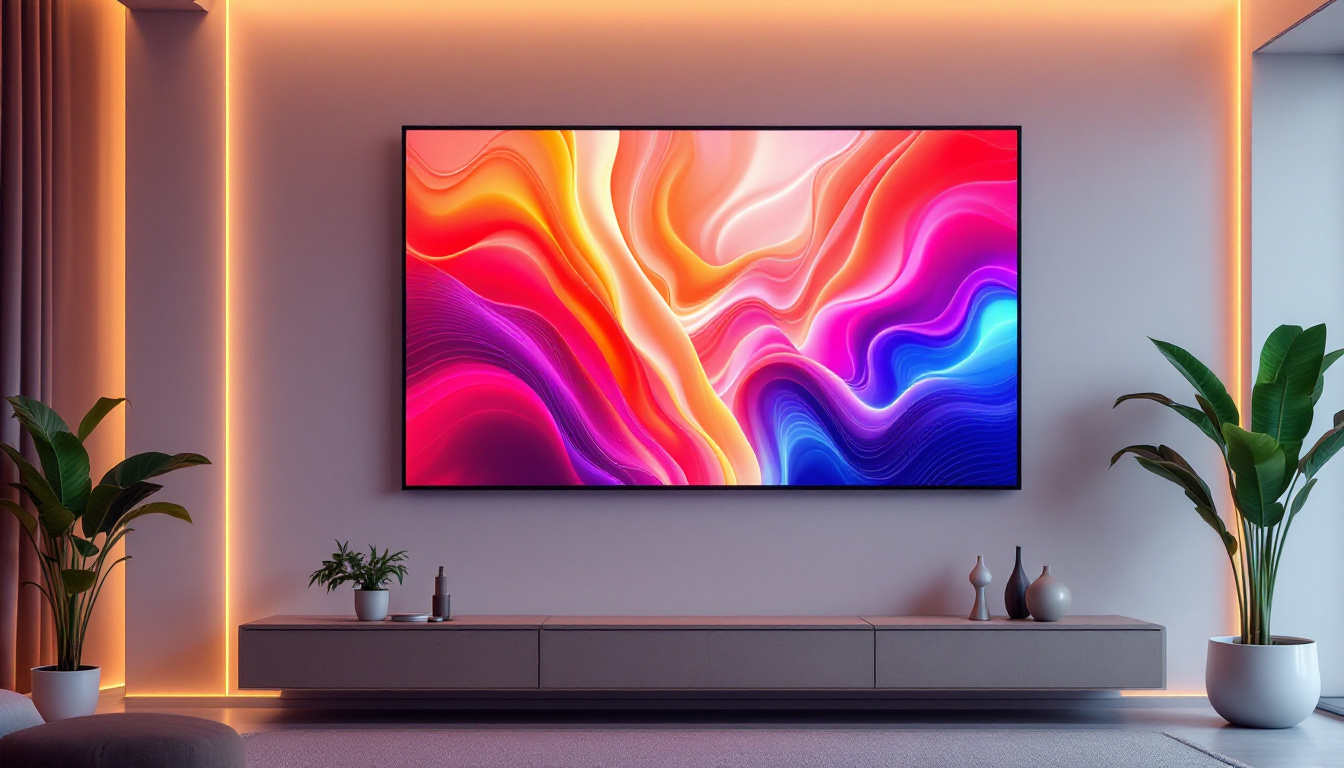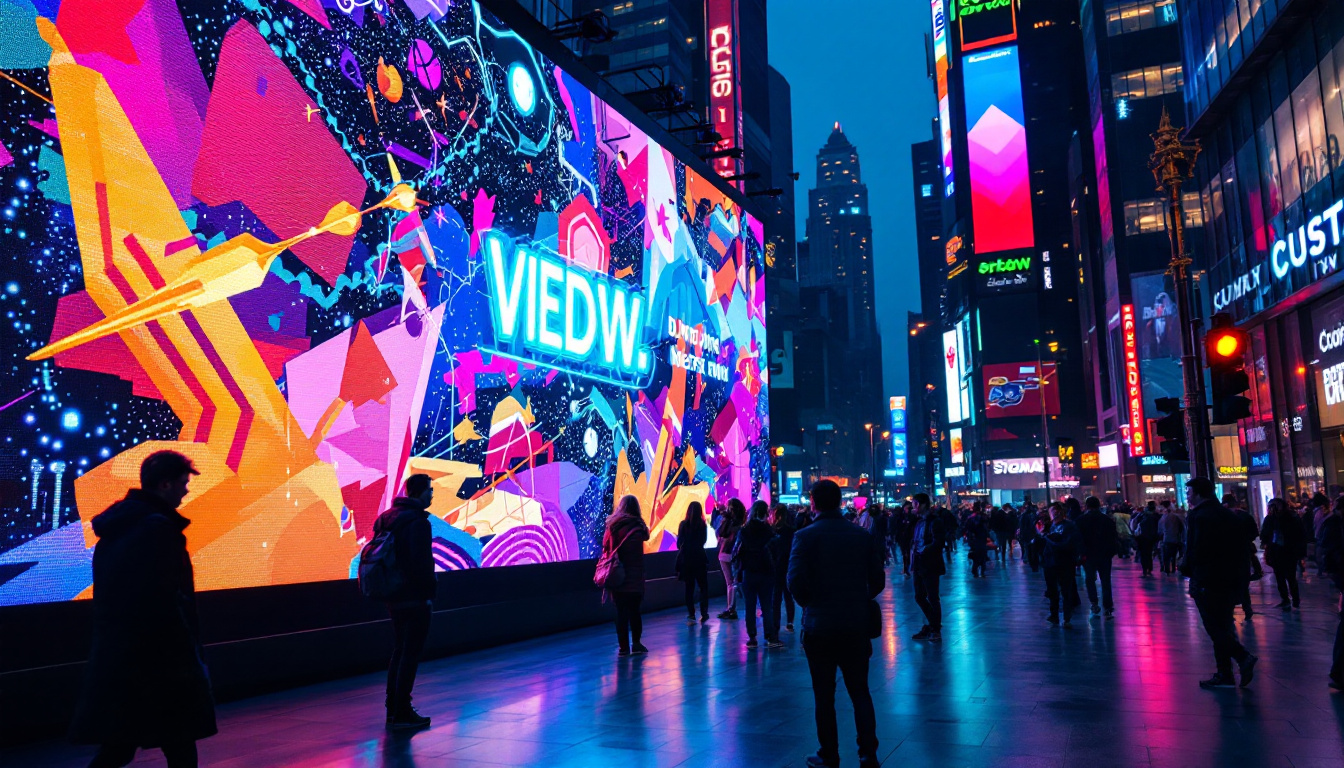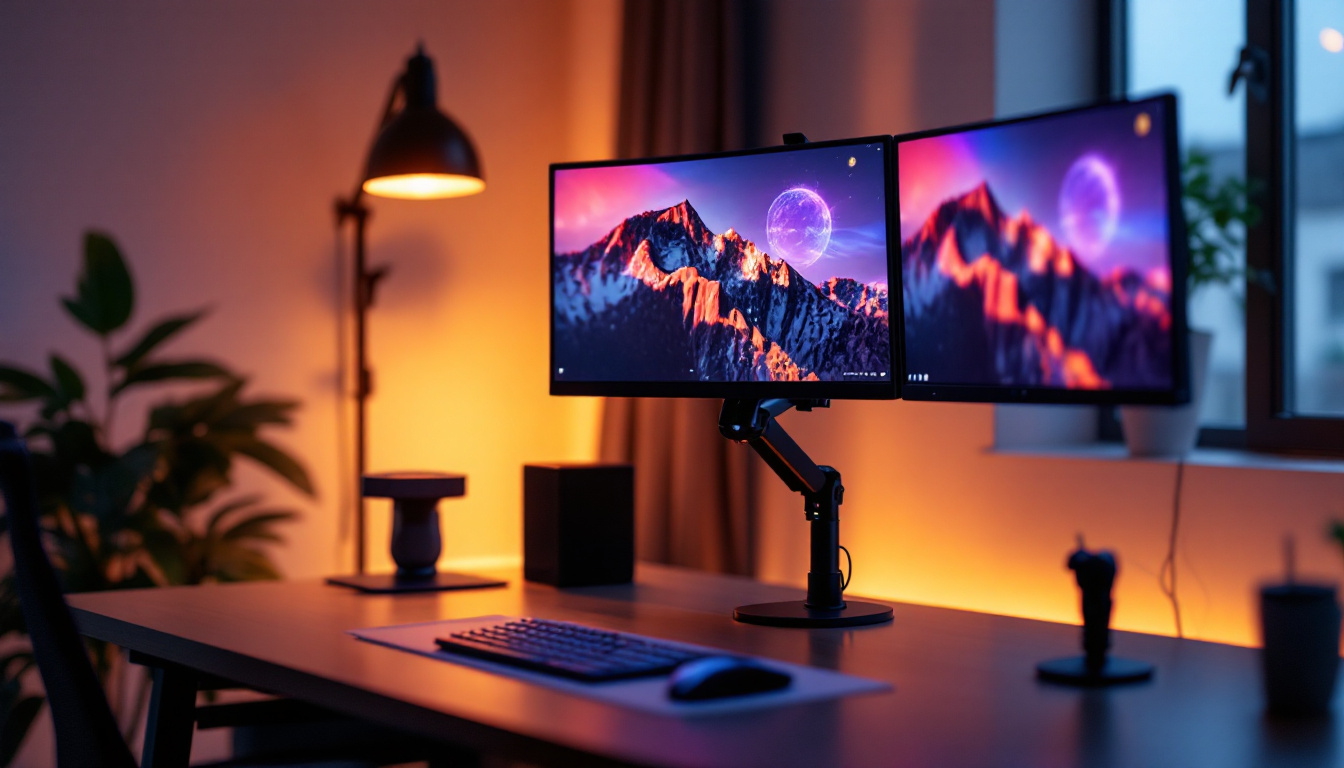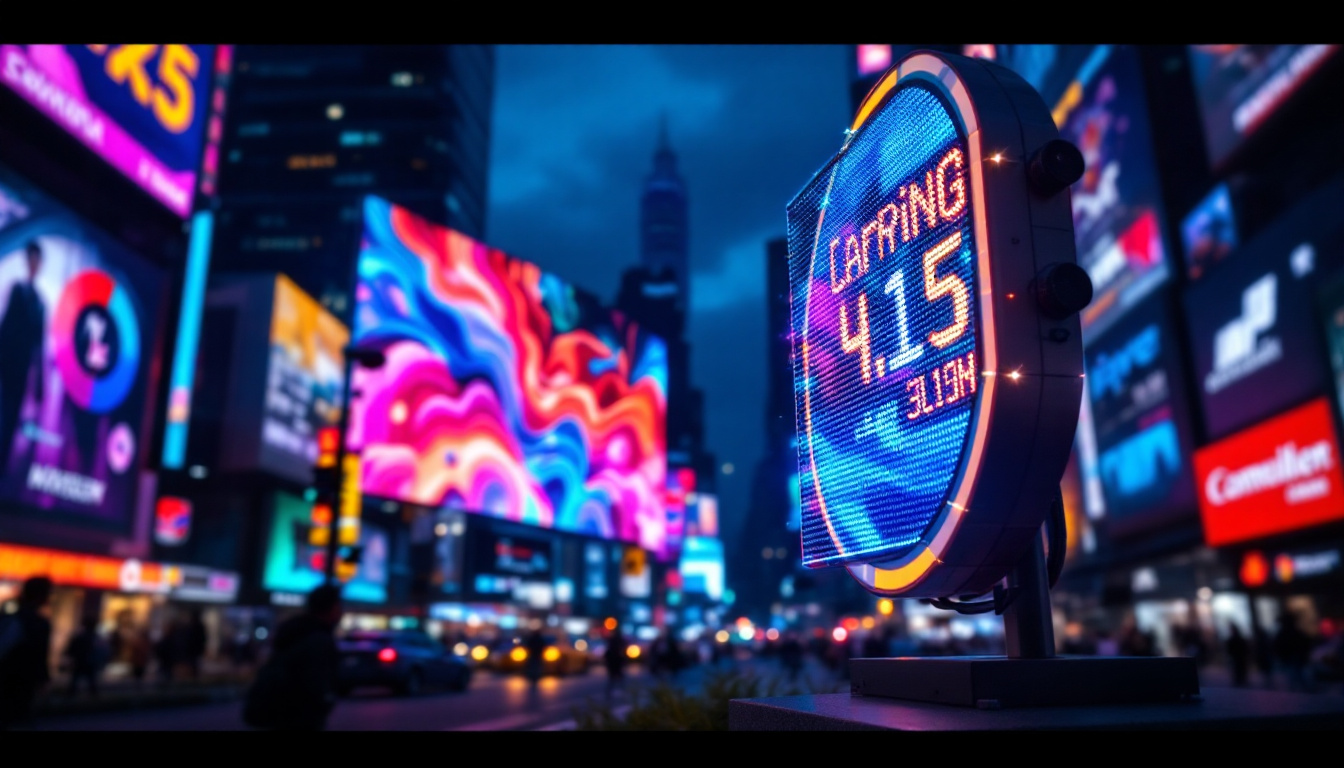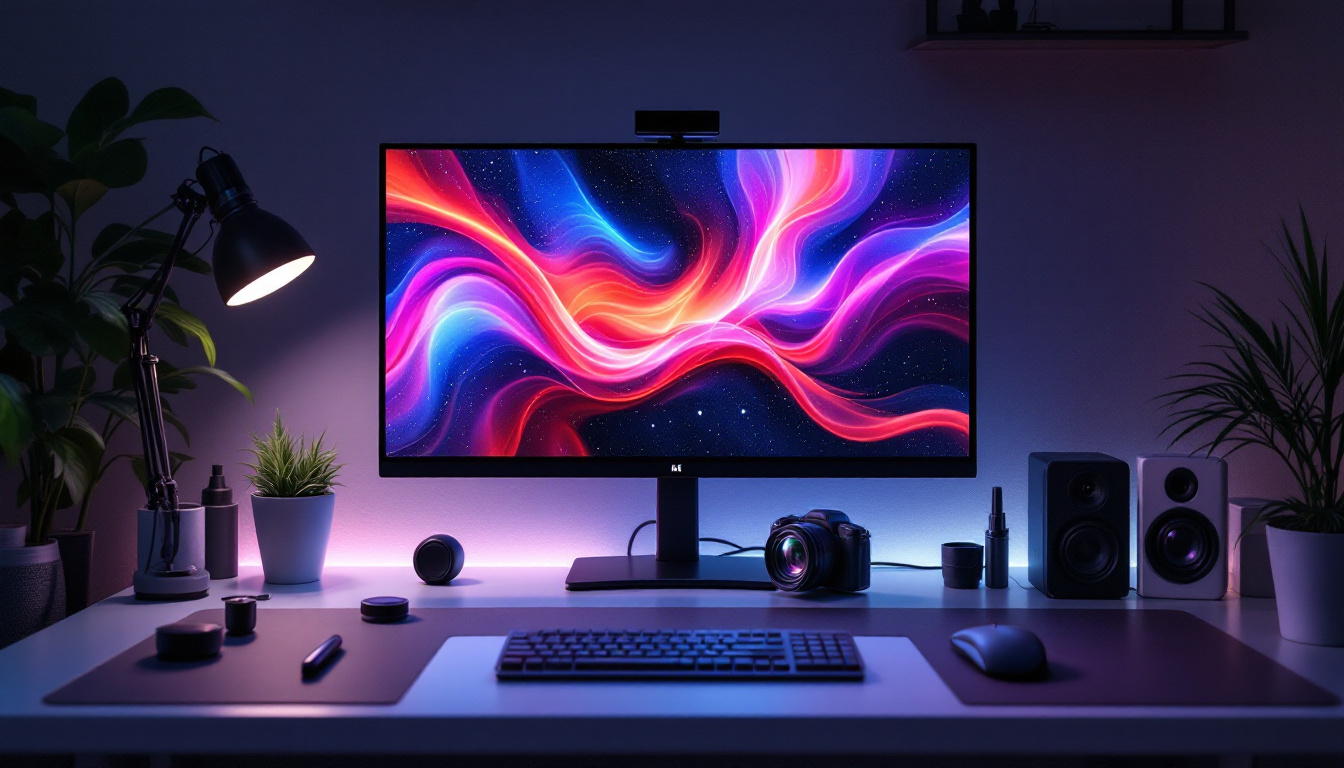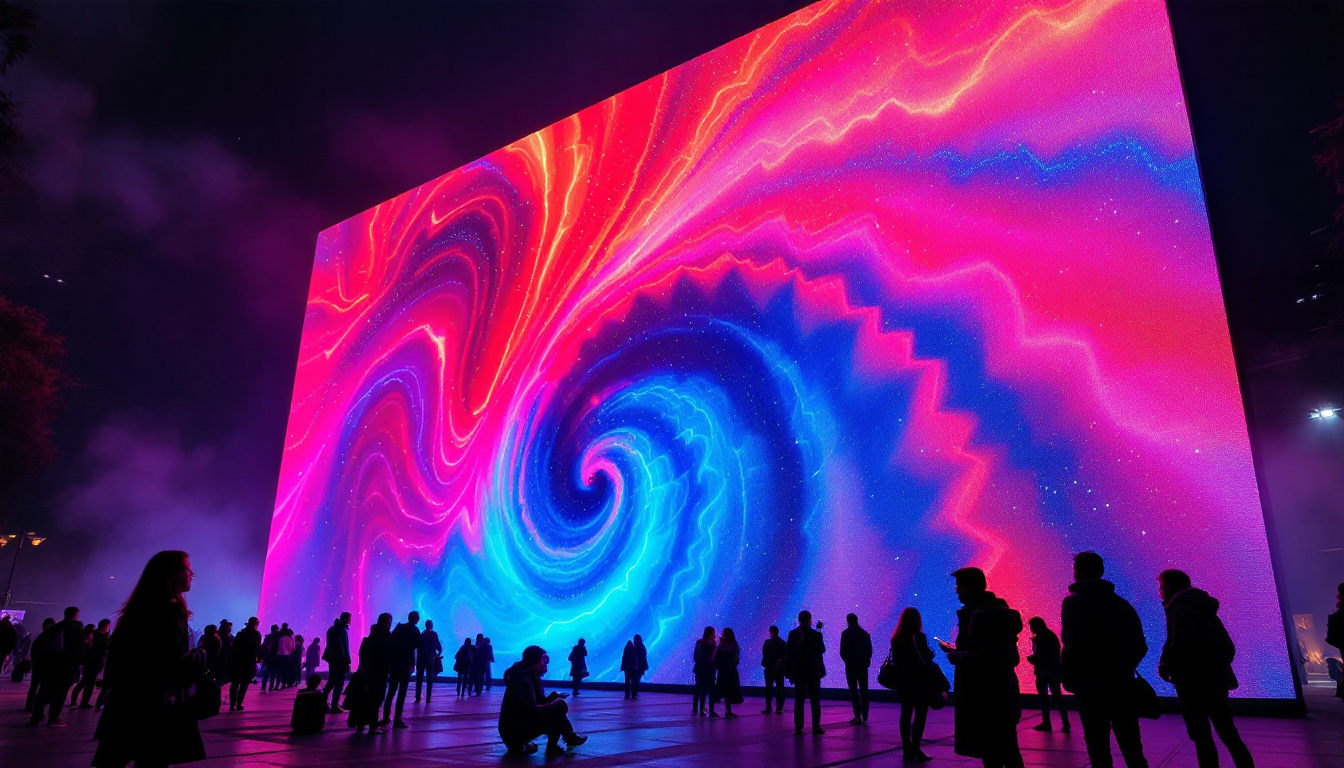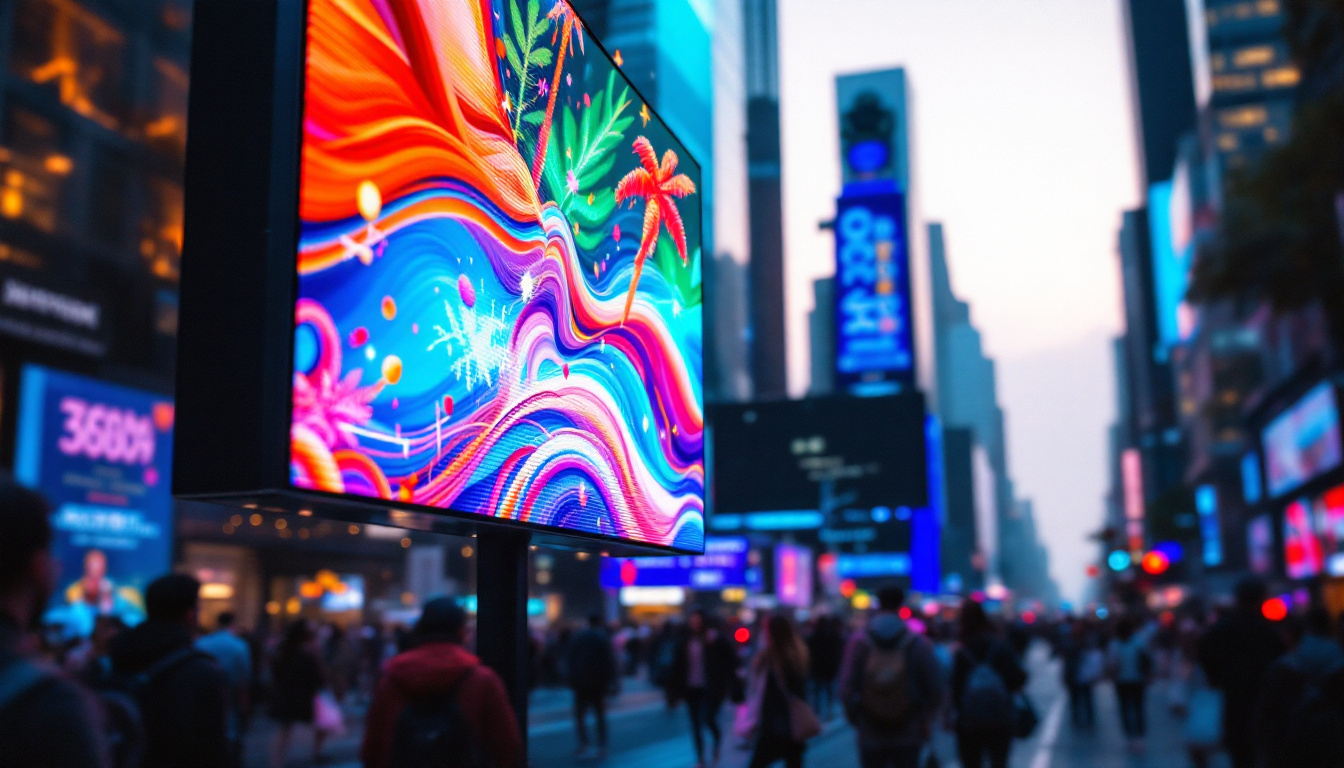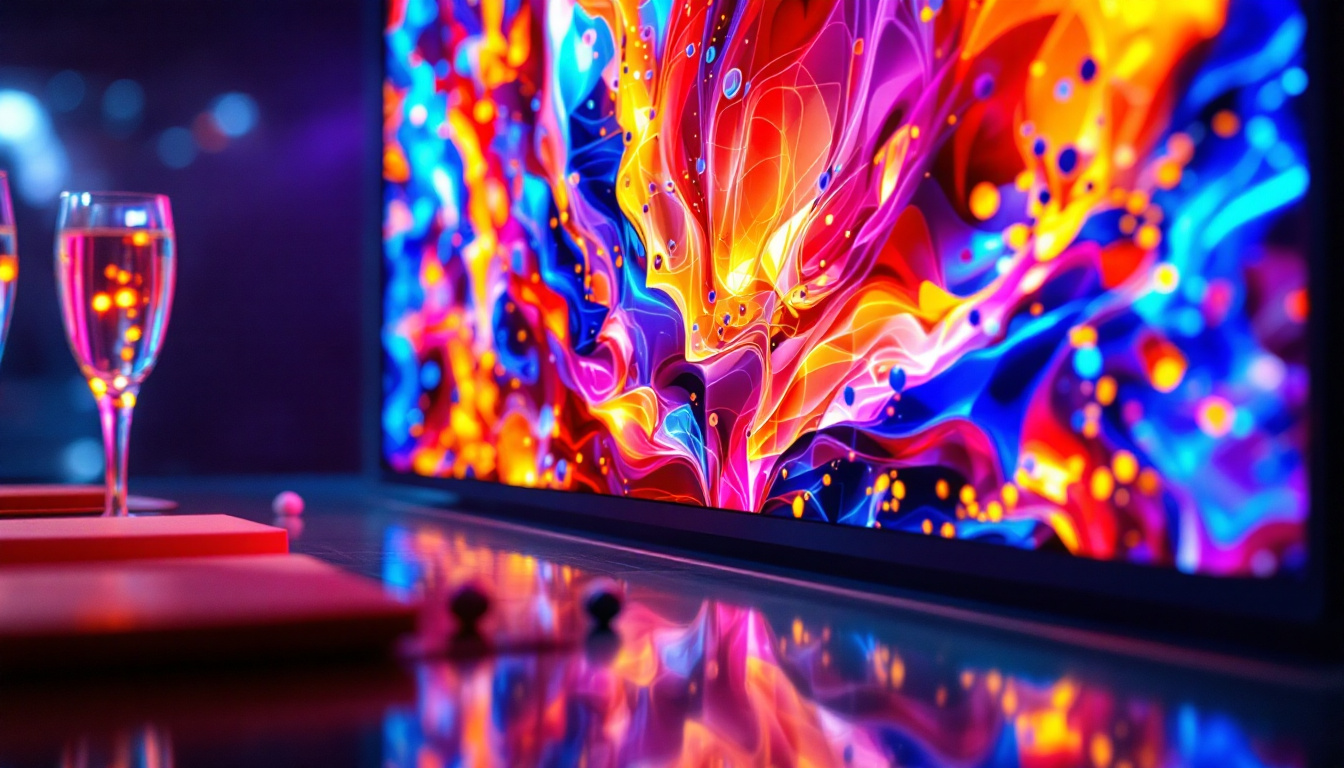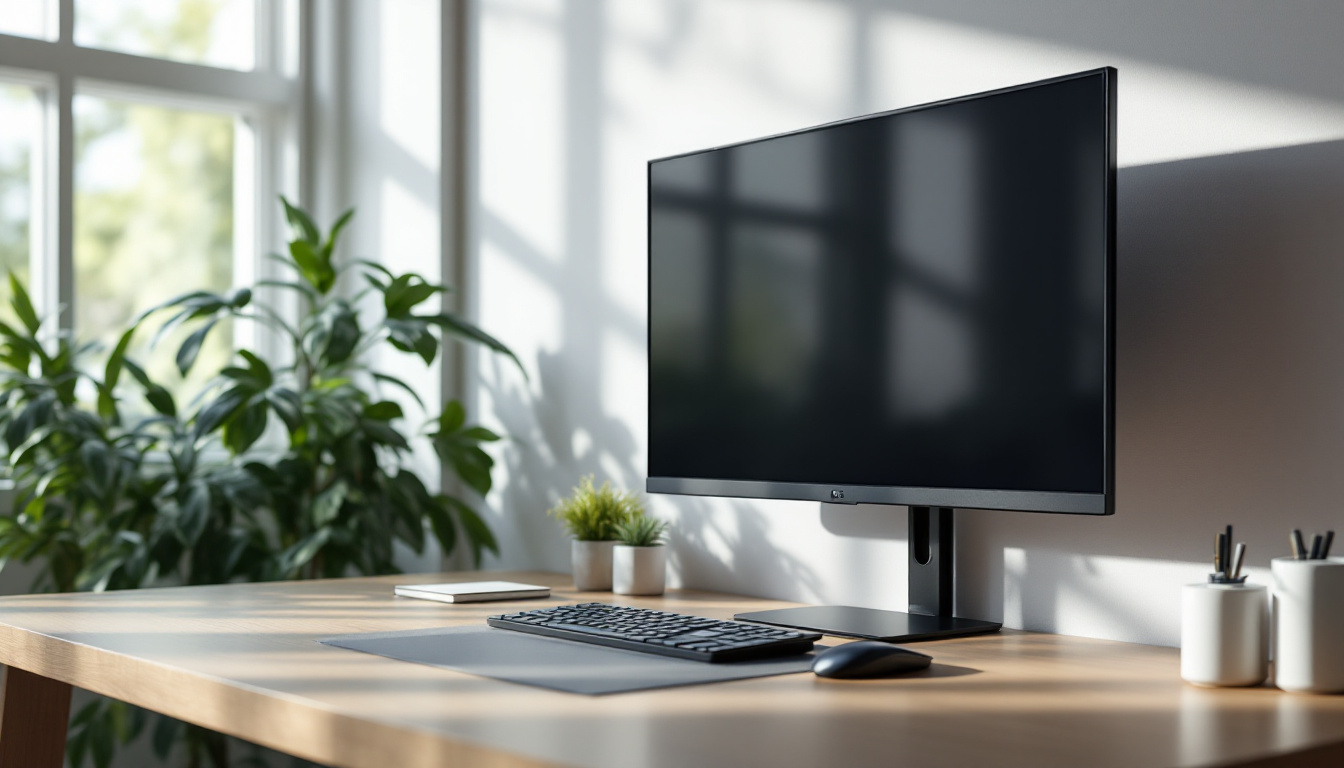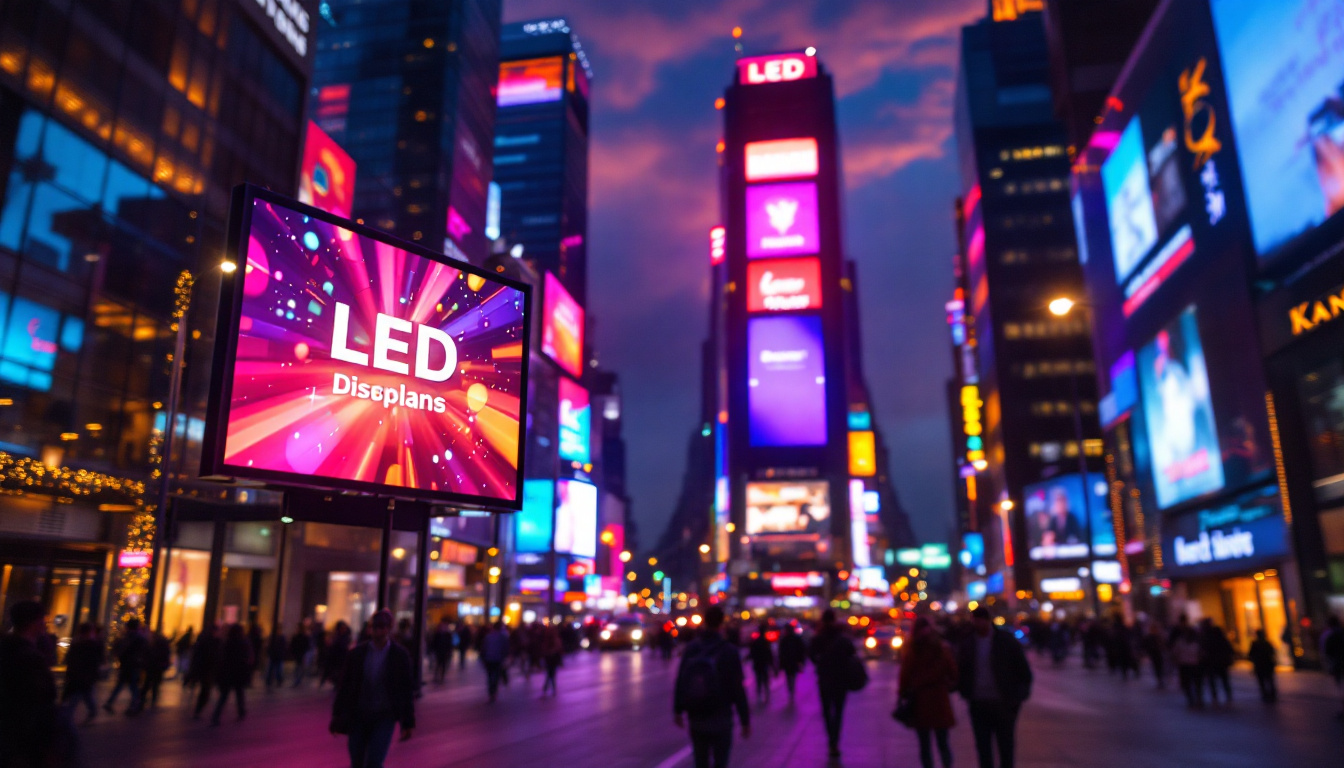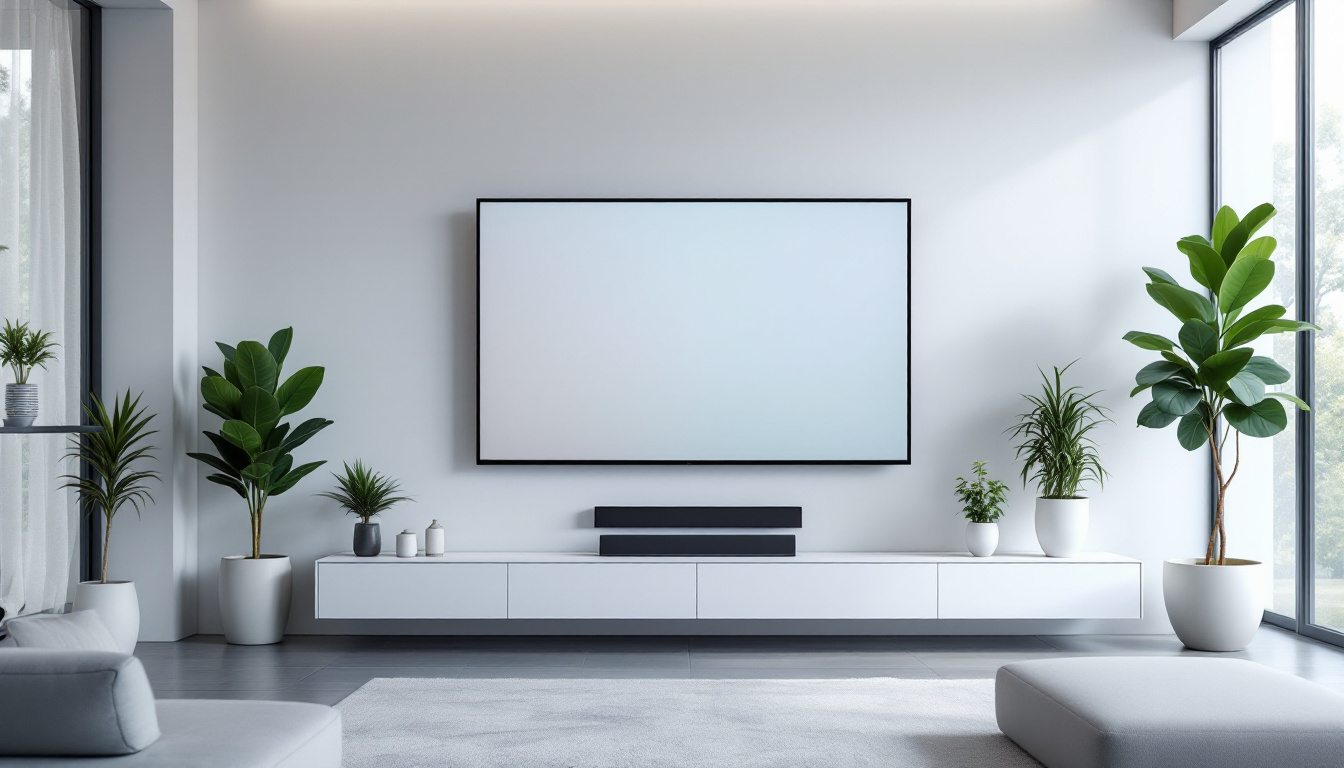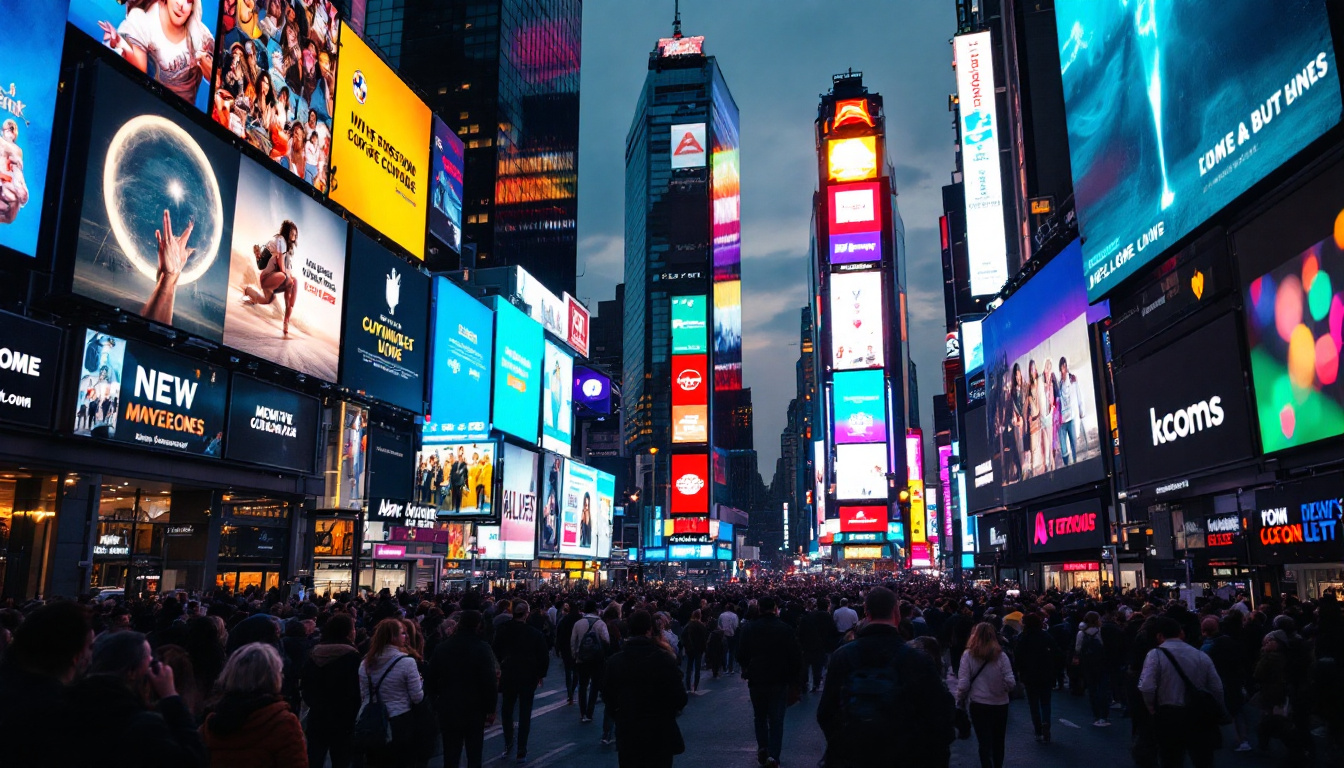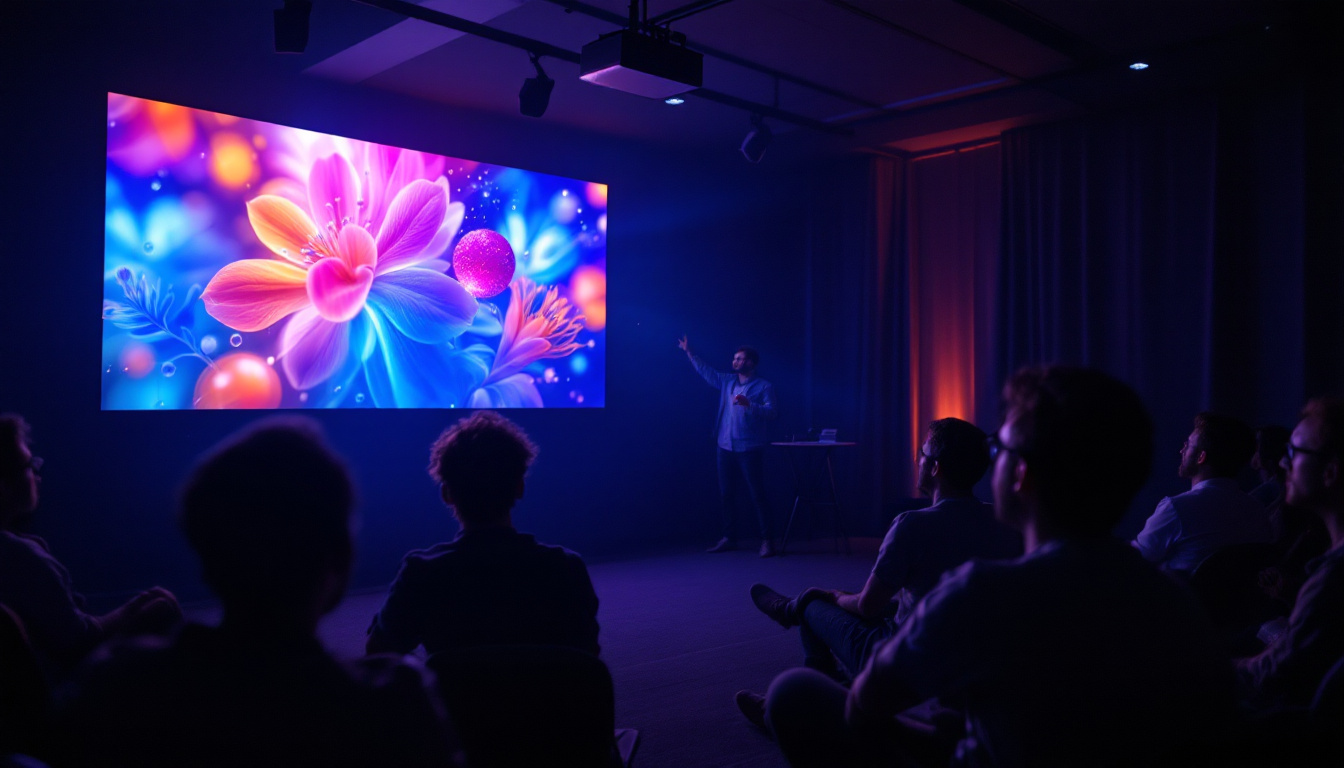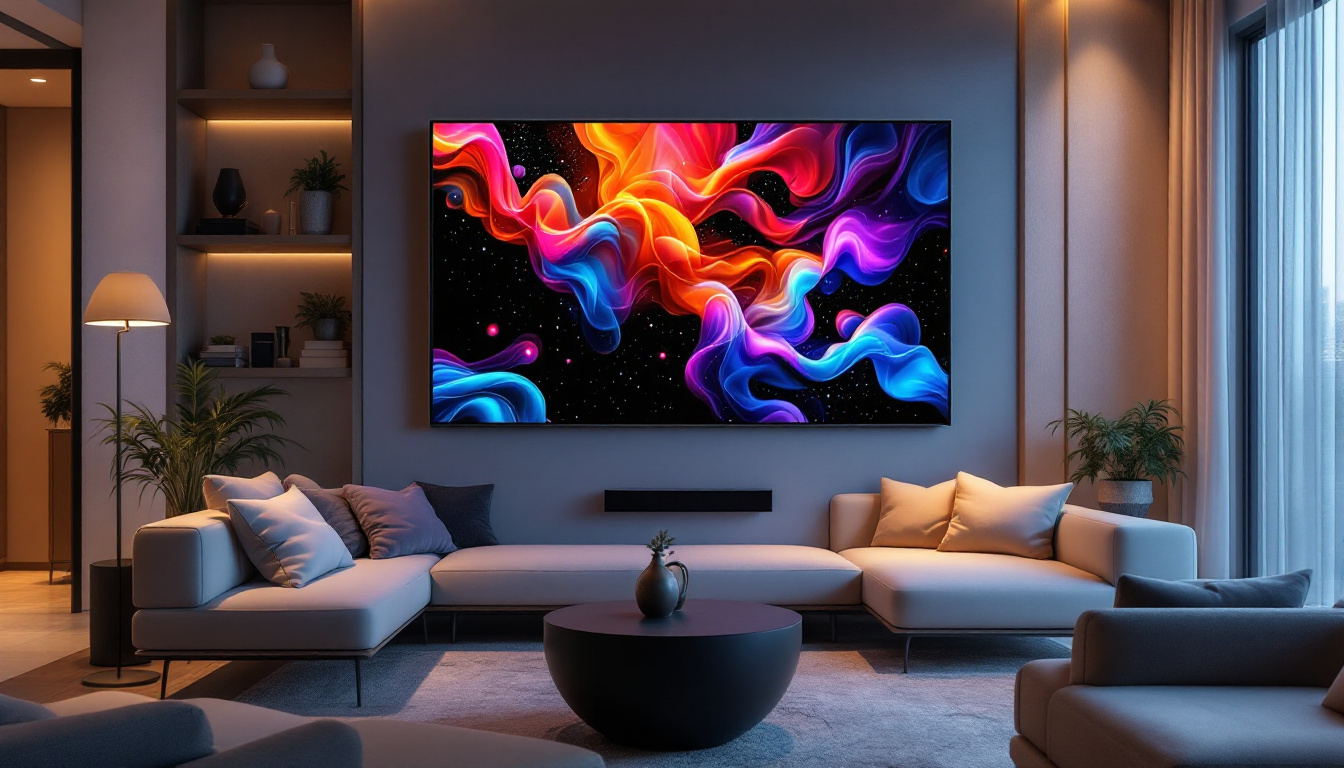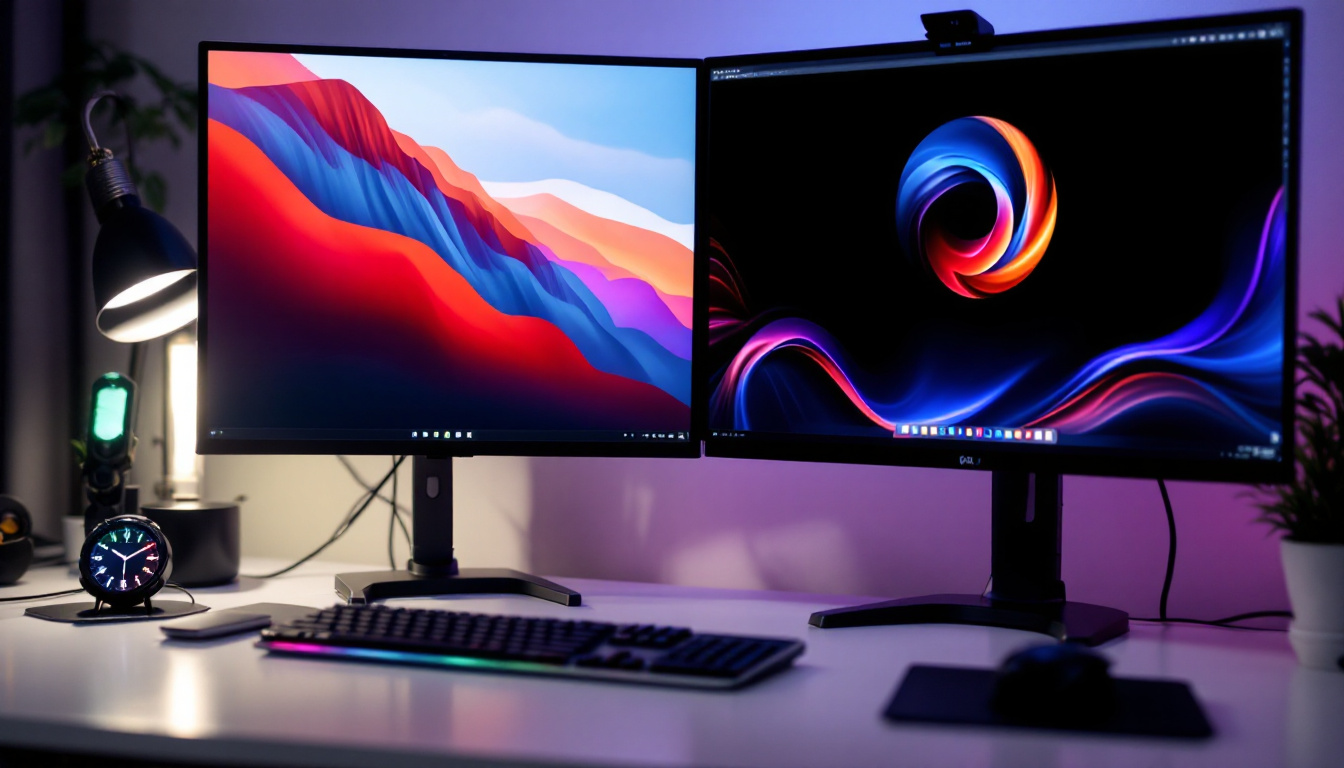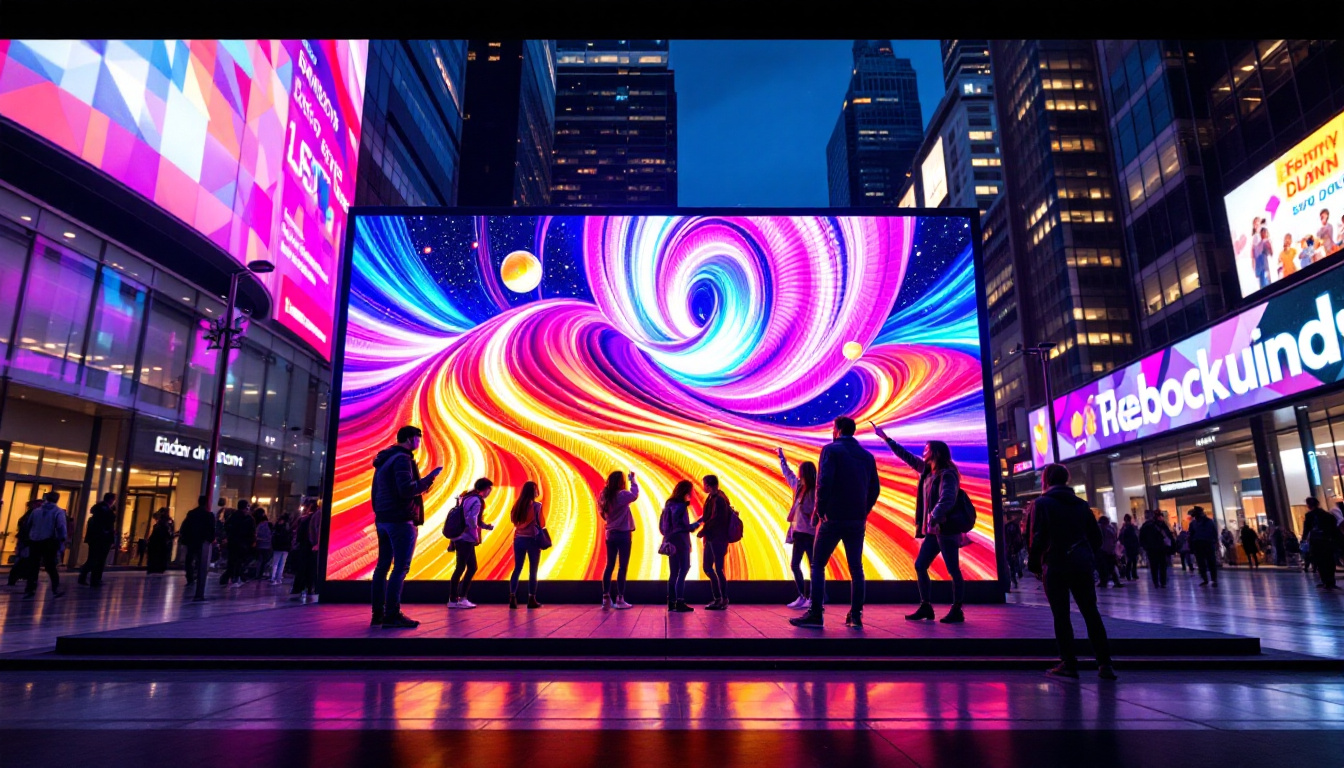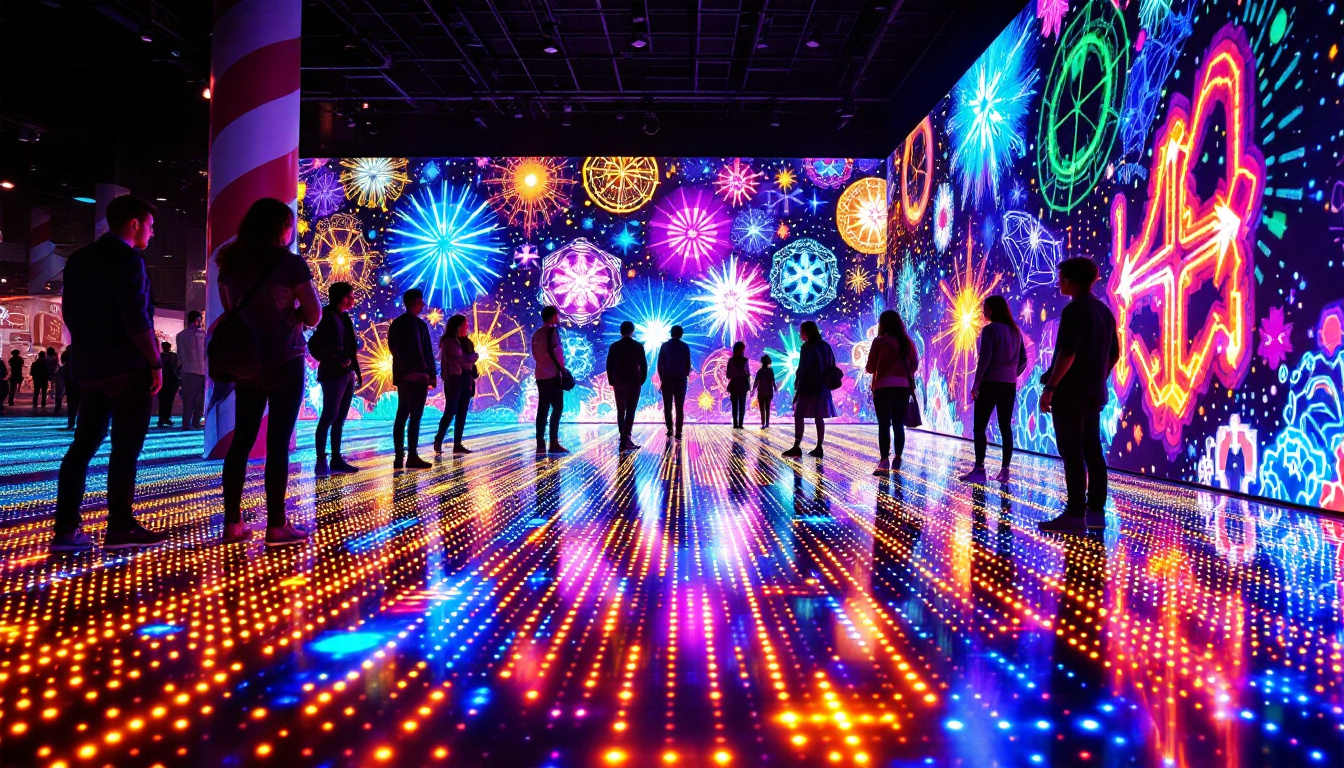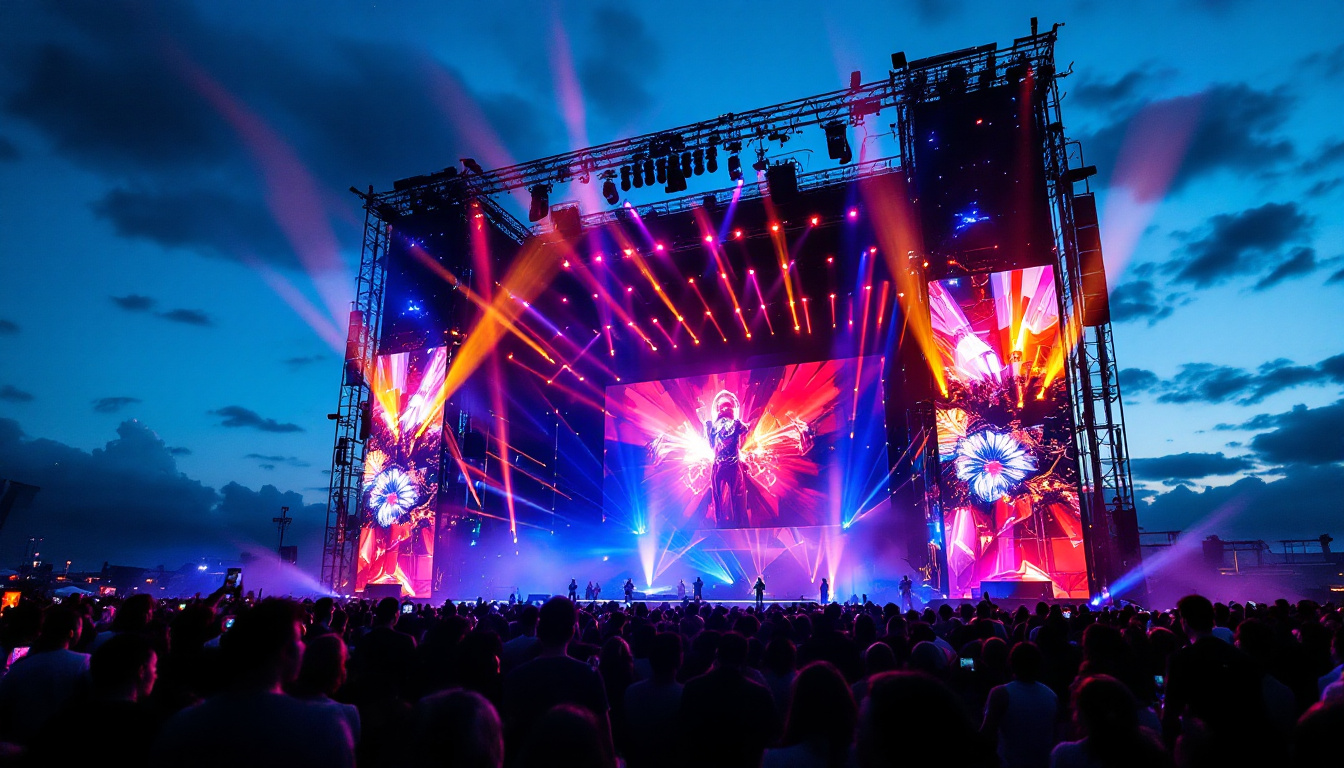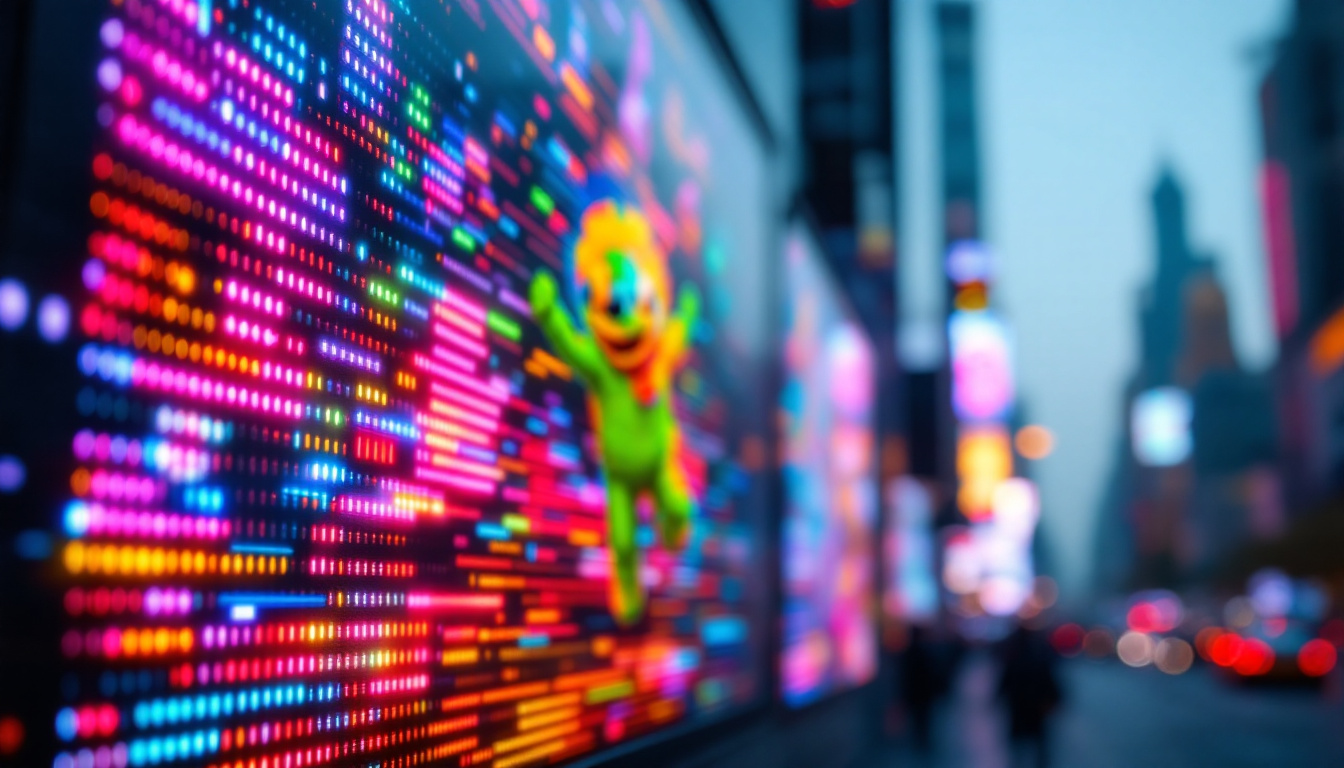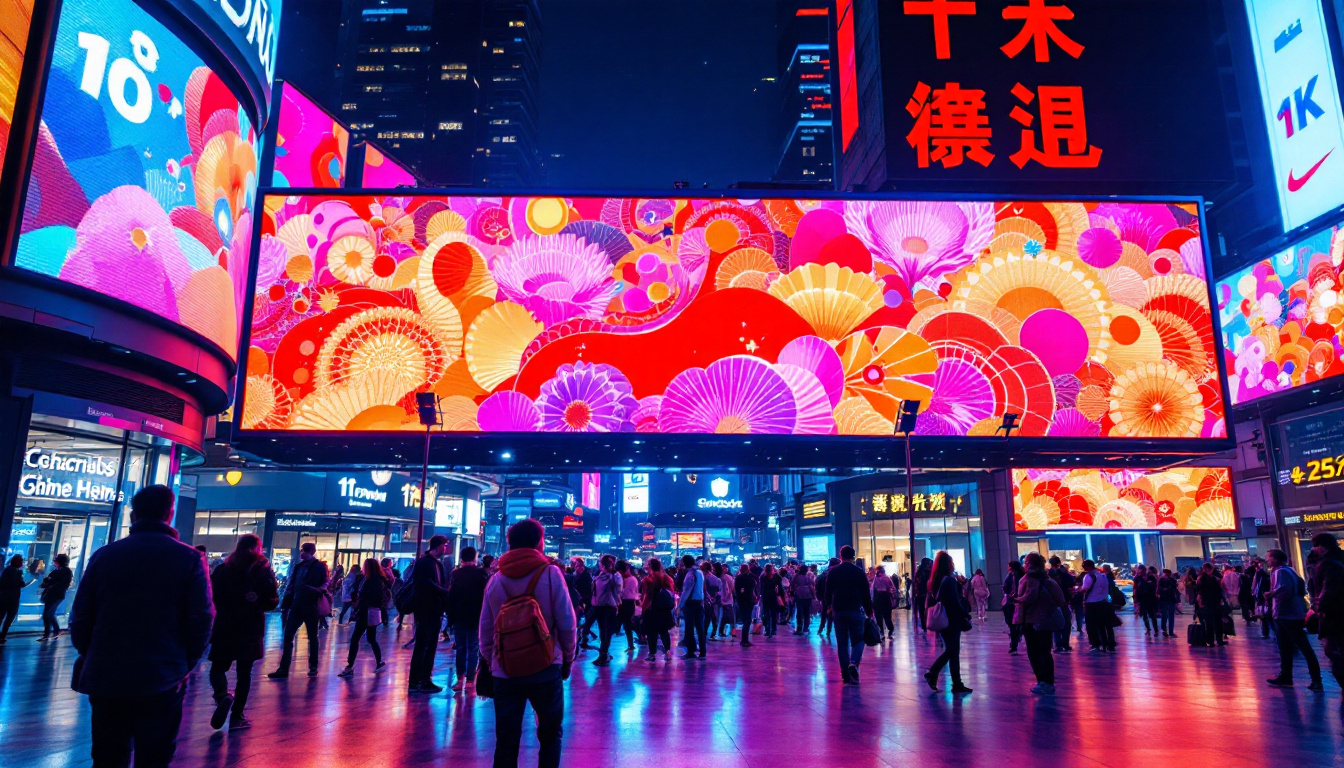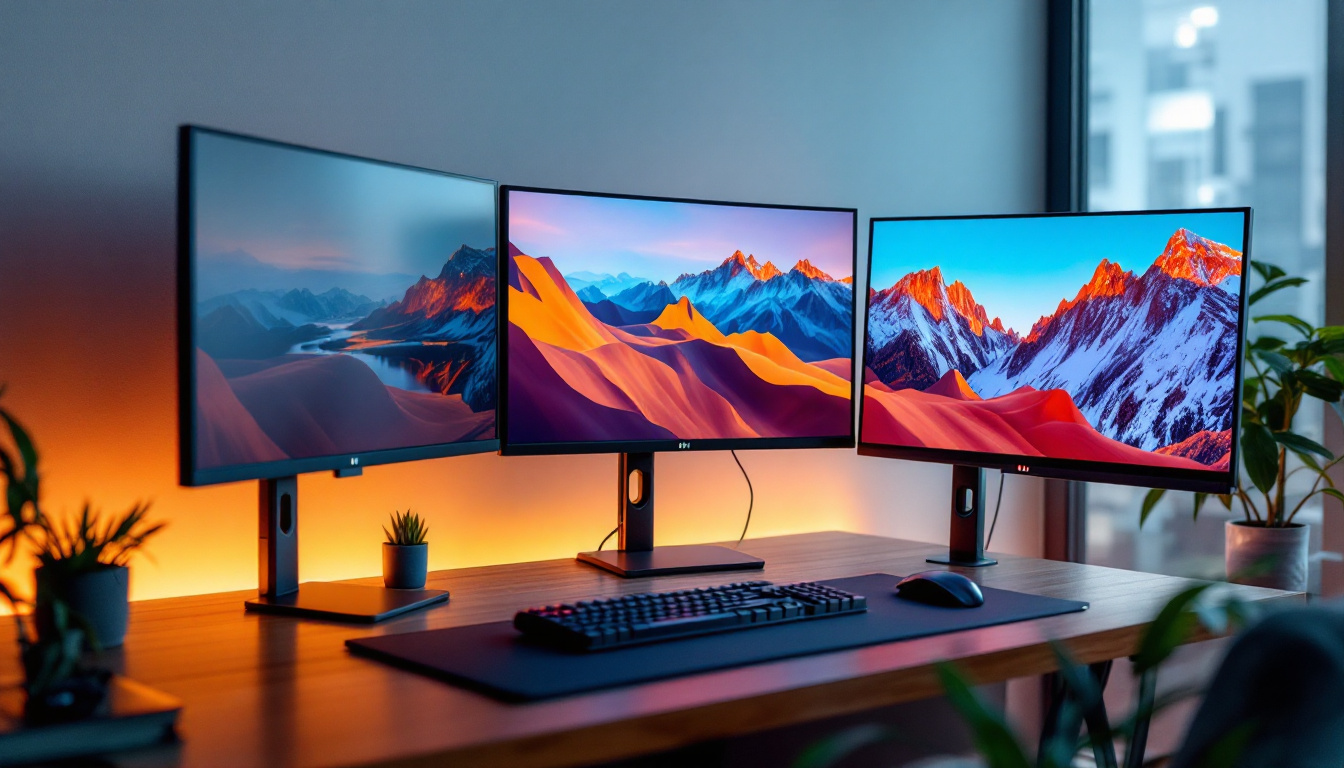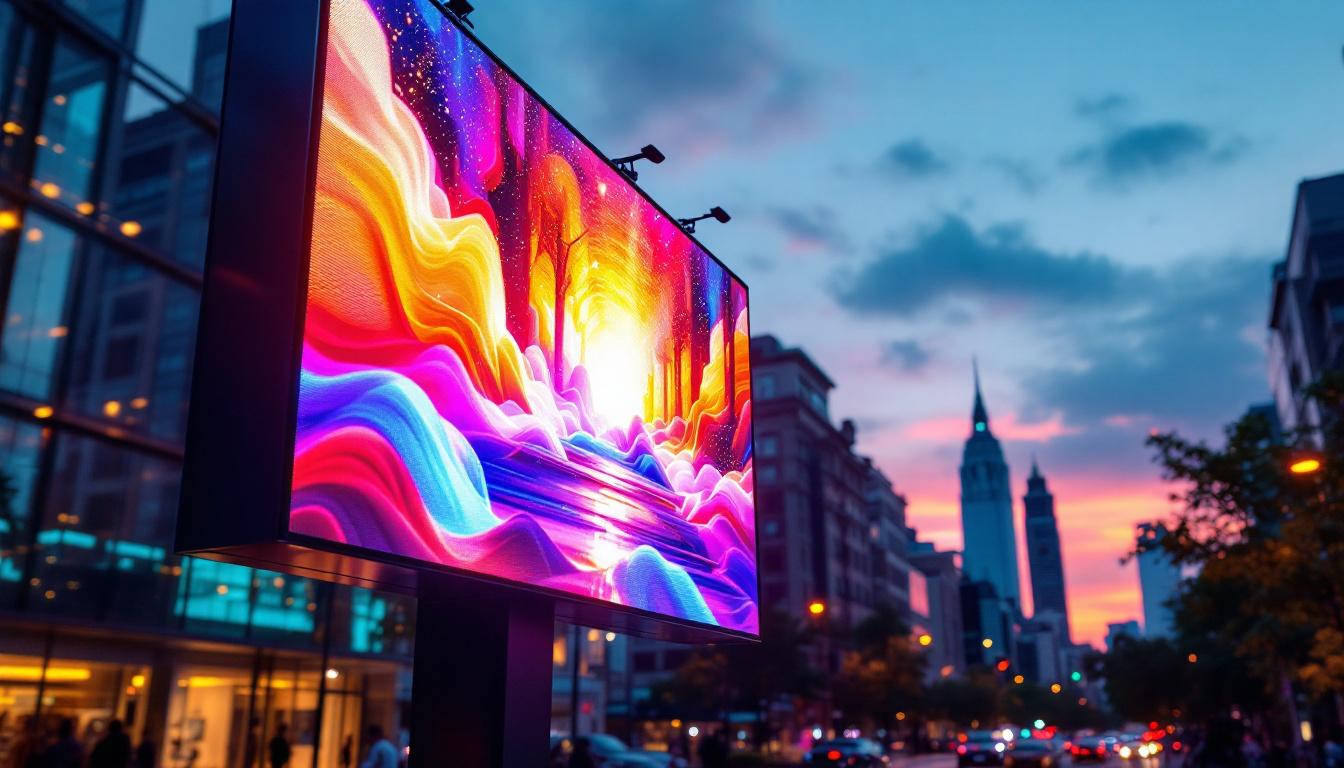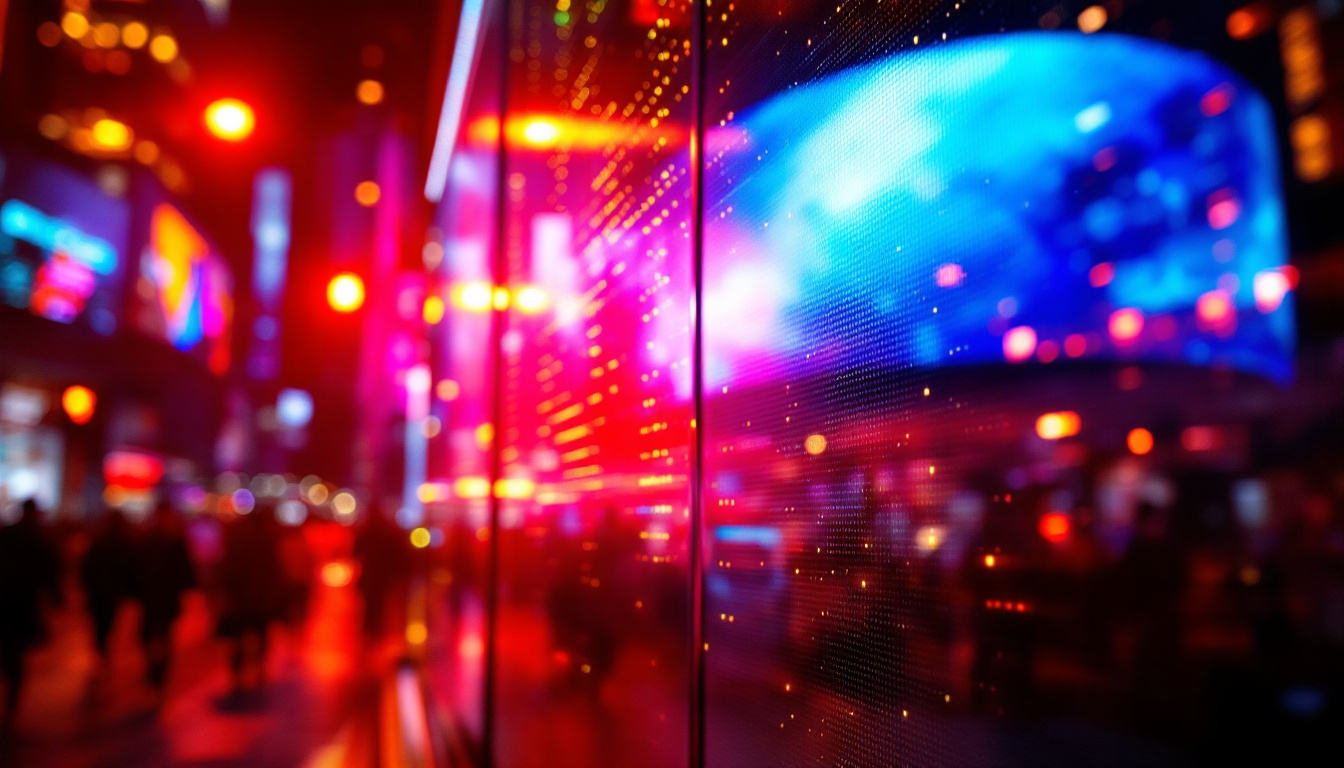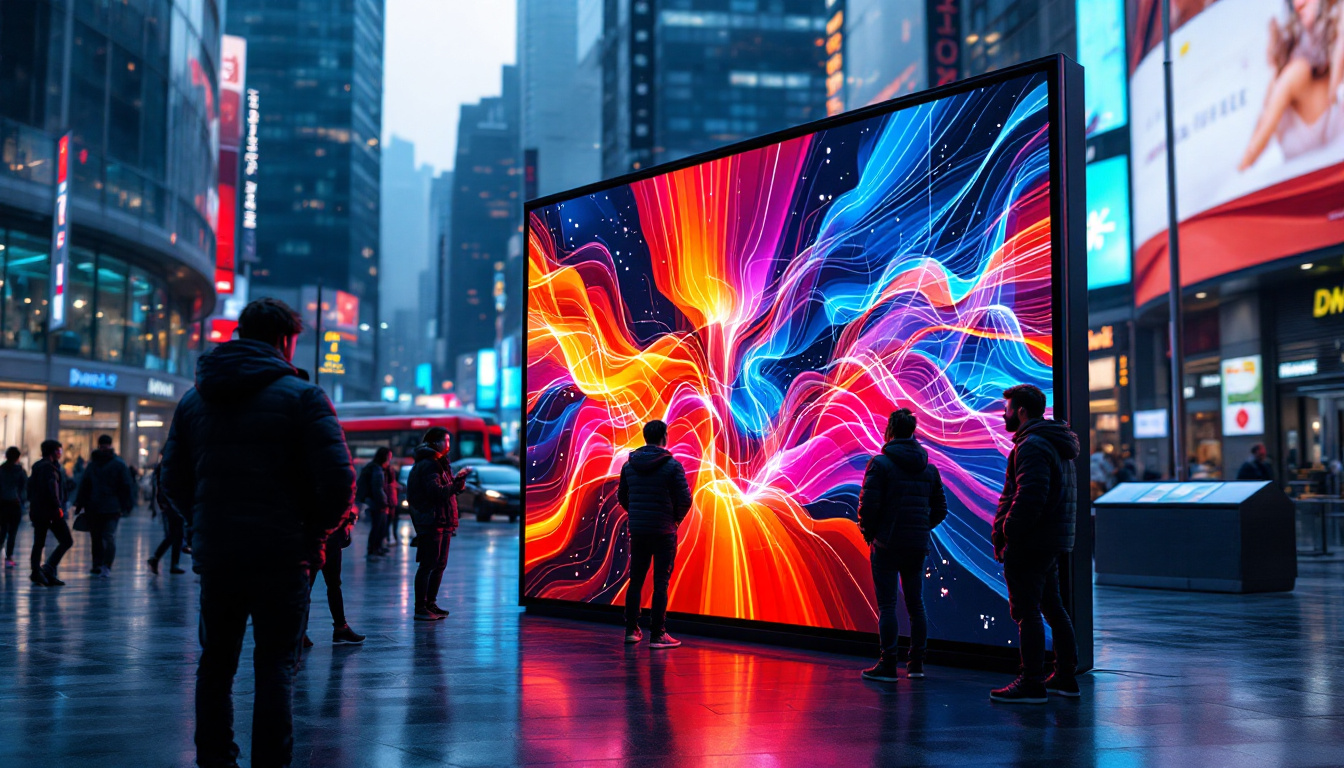In recent years, LED displays have emerged as a popular choice for wall paneling, especially in commercial and residential settings. Their versatility, vibrant colors, and ability to convey dynamic content make them an attractive option for many. However, the question remains: what is the most cost-effective way to implement LED wall paneling? This article delves into the various aspects of LED displays, exploring their affordability, installation methods, and maintenance considerations.
Understanding LED Displays
LED displays are made up of numerous light-emitting diodes (LEDs) that create images and videos by illuminating in various colors. They can be used for both indoor and outdoor applications, making them suitable for a wide range of environments. The technology behind LED displays has evolved significantly over the years, allowing for higher resolutions and more vibrant colors, which enhances the viewing experience for audiences across different settings, from bustling city squares to intimate indoor venues.
Types of LED Displays
There are several types of LED displays, each catering to different needs and budgets. The most common types include:
- Direct View LED: This type consists of individual LED modules that can be assembled to form a larger display. It is ideal for large-scale installations, such as stadiums and concert venues, where visibility from a distance is crucial.
- LED Video Walls: Composed of multiple screens, video walls create a seamless display experience. They are often used in events and advertising, providing an immersive visual experience that captivates audiences.
- Flexible LED Panels: These panels can bend and curve, allowing for creative installations that traditional displays cannot achieve. Their versatility makes them perfect for unique architectural designs or artistic displays that require a non-linear format.
Understanding the different types of LED displays is crucial in determining which option is the most cost-effective for specific needs. Additionally, the choice of display can significantly impact the overall aesthetic and functionality of a space, influencing everything from customer engagement in retail environments to the ambiance in entertainment venues.
Benefits of LED Displays
LED displays offer several advantages over traditional wall paneling options. Their energy efficiency, long lifespan, and low maintenance requirements contribute to their overall cost-effectiveness. Compared to older technologies like LCD or projection systems, LED displays consume significantly less power, which not only reduces operational costs but also aligns with sustainability goals that many organizations are striving to achieve.
Moreover, LED displays can be programmed to showcase a variety of content, from advertisements to art, making them a dynamic choice for wall paneling. This adaptability can reduce the need for multiple installations, further lowering costs. Furthermore, the brightness and clarity of LED displays ensure that content remains visible even in bright daylight, making them an excellent choice for outdoor advertising. With advancements in technology, features such as remote content management and real-time updates have become standard, allowing businesses to respond quickly to market changes and audience preferences, thereby enhancing their marketing strategies.
Cost Considerations for LED Wall Paneling
When evaluating the cheapest way to panel a wall with LED displays, it’s essential to consider both the initial investment and the long-term expenses. The overall cost can vary significantly based on several factors.
Initial Investment
The upfront cost of LED displays can be higher than traditional wall paneling materials. Prices can range widely based on the type of display, size, and resolution. Direct view LED displays tend to be more expensive than traditional LCD screens, but they offer superior image quality and brightness.
Additionally, installation costs can vary depending on the complexity of the setup. Hiring professionals for installation may add to the initial investment, but it can ensure a proper setup and potentially save costs in the long run. Factors such as the structural integrity of the wall, the need for additional electrical work, and the intricacies of cabling can all influence installation expenses. For instance, if the wall requires reinforcement to support the weight of the LED panels or if there are unique architectural features that complicate the installation, these can lead to increased costs.
Long-Term Savings
Despite the higher initial costs, LED displays can lead to significant long-term savings. Their energy efficiency means lower electricity bills, and their durability reduces the need for frequent replacements. Many LED displays come with warranties that can further protect the investment.
Furthermore, the ability to update content easily means businesses can adapt their messaging without incurring additional costs for new signage. This flexibility can lead to increased customer engagement and potentially higher revenue. In addition to content updates, LED panels can also be programmed for dynamic displays that change based on time of day or special events, maximizing their utility. Over time, the cost of maintaining traditional signage—such as printing and installation of new graphics—can add up, making LED wall paneling a more economical choice in the long run. Moreover, the potential for integrating smart technology with LED displays can open up new avenues for advertising and customer interaction, further enhancing their value proposition.
Installation Methods for LED Displays
The installation process for LED wall paneling can vary based on the type of display and the specific environment. Understanding the various installation methods can help in selecting the most cost-effective option.
Wall-Mounted Installation
Wall-mounted installations are the most common method for LED displays. This approach involves securely attaching the LED panels directly to the wall, creating a sleek and modern look. For smaller displays, this method is often the most cost-effective.
However, it is essential to ensure that the wall can support the weight of the display and that proper electrical connections are in place. Hiring professionals for installation can help avoid potential issues and ensure safety. Additionally, wall-mounted installations can be enhanced with the use of cable management systems, which not only keep the installation tidy but also protect the wiring from damage and wear over time. This attention to detail can significantly improve the overall aesthetic and functionality of the display.
Freestanding Displays
Freestanding LED displays are another option, particularly for events or temporary installations. These displays can be moved and repositioned as needed, offering flexibility in usage.
While freestanding displays may have a lower installation cost, they often require additional investment in stands or mounts. This option may be more suitable for businesses that need to change their display frequently. Moreover, freestanding displays can be equipped with wheels or casters, making them easy to transport between different locations. This mobility is especially beneficial for trade shows, exhibitions, or promotional events where the display needs to be set up and taken down quickly. The versatility of freestanding displays allows businesses to adapt their advertising strategies on the fly, maximizing their reach and impact.
Creative Installations
For those looking to make a statement, creative installations using flexible LED panels can provide a unique aesthetic. These panels can be shaped and arranged in various configurations, allowing for artistic expressions.
However, creative installations can be more expensive due to the complexity of the design and installation process. It is crucial to balance creativity with budget constraints when considering this option. Furthermore, these installations often require specialized software to manage the content displayed, allowing for dynamic visuals that can change in real-time. This capability can enhance audience engagement by creating immersive experiences that draw viewers in. Businesses should also consider the potential for interactive elements, such as touch screens or motion sensors, which can further elevate the impact of creative LED displays and provide a memorable experience for users.
Maintenance of LED Displays
Maintaining LED displays is essential to ensure their longevity and performance. Understanding the maintenance requirements can help in budgeting for ongoing costs.
Regular Cleaning
Dust and dirt can accumulate on LED displays, affecting image quality. Regular cleaning is necessary to maintain clarity and brightness. Using a soft, dry cloth is usually sufficient, but specialized cleaning solutions may be required for stubborn stains.
Establishing a cleaning schedule can help prevent buildup and prolong the life of the display. This proactive approach can save costs on repairs or replacements in the future.
Software Updates
Many LED displays come with software that requires regular updates to ensure optimal performance. Keeping the software up to date can enhance functionality and security.
While some updates may be automated, others may require manual intervention. Budgeting for potential software costs can help avoid unexpected expenses.
Comparing LED Displays to Traditional Wall Paneling
When considering the cheapest way to panel a wall, comparing LED displays to traditional materials is essential. Each option has its advantages and disadvantages that can impact overall costs.
Cost of Traditional Materials
Traditional wall paneling materials, such as wood, drywall, or wallpaper, often have lower initial costs compared to LED displays. However, these materials may require more frequent replacements or repairs, leading to higher long-term expenses.
Additionally, traditional materials lack the dynamic capabilities of LED displays, which can limit their effectiveness in advertising or engaging audiences.
Longevity and Durability
LED displays typically have a longer lifespan than traditional wall materials. While traditional panels may need to be replaced every few years, LED displays can last over a decade with proper maintenance.
This durability can make LED displays a more cost-effective option in the long run, despite the higher initial investment.
Conclusion: Making the Right Choice
Choosing the cheapest way to panel a wall with LED displays involves careful consideration of various factors, including initial costs, long-term savings, installation methods, and maintenance requirements. While LED displays may have a higher upfront cost, their energy efficiency, durability, and versatility can lead to significant savings over time.
Ultimately, the decision will depend on specific needs, budget constraints, and the intended use of the display. By weighing the pros and cons of LED displays against traditional materials, individuals and businesses can make informed choices that align with their goals.
As technology continues to advance, LED displays are likely to become even more affordable and accessible, making them an increasingly attractive option for wall paneling in various settings.
Discover LumenMatrix LED Display Solutions
Ready to elevate your space with the most cost-effective and visually stunning LED display panels? Look no further than LumenMatrix, where innovation meets excellence in LED display technology. Whether you’re seeking to enhance brand visibility, create a captivating visual experience, or simply want a dynamic and engaging way to communicate your message, LumenMatrix has a solution tailored to your needs. From Indoor and Outdoor LED Wall Displays to specialized options like Vehicle, Sports, and Floor LED Displays, our range is designed to revolutionize visual communication. Don’t miss out on the opportunity to transform your space. Check out LumenMatrix LED Display Solutions today and step into the future of digital signage.

